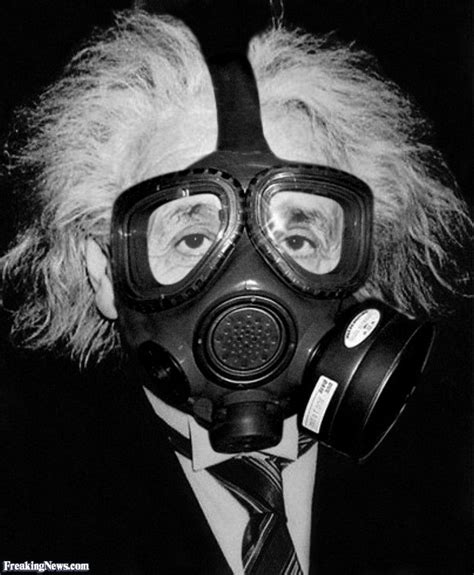The results showed that compared to COVID-19 patients who had fully recovered, long COVID patients showed evidence of immune dysregulation and systemic inflammation, with the distribution of T cells exhibiting global differences indicative of continued immune responses. The cytolytic subsets also showed sex-specific signals.
Overall, the findings highlighted that patients with long COVID exhibit significant immune-associated changes and phenotypic alterations in T cells and other immune cells that could be the mechanistic basis for the persistent and wide-ranging symptoms associated with long COVID. A miscommunication or error in crosstalk between humoral and cellular adaptive immunity involving B and T cells could contribute to inflammation, immune dysregulation, and the clinical symptoms characteristic of long COVID.


